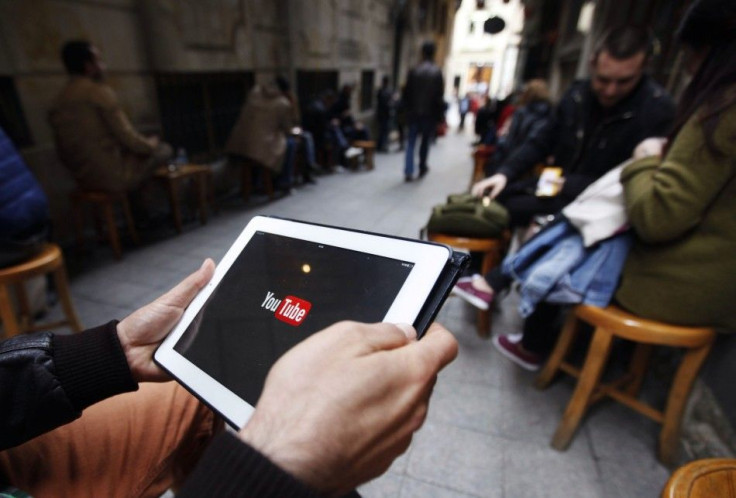Australian Air Travellers Could Soon Use Smartphones, Tablets on Domestic Flights

Australia's Civil Aviation Safety Authority (CASA) published over the weekend a new regulation that would soon allow the use of smartphones and tablets weighing up to 1 kg to be used on domestic flights during takeoff and landing while on flight mode.
The rule, however, isn't signed yet since CASA is still waiting for a revised submission from Australian carriers with the confirmation that they have completed a safety check list.
Once approved by CASA, the rules would take effect as early as September 2014 and apply to domestic flights of Qantas and Virgin Australia. The changes were initiated after investigation proved that the belief the devices would cause electromagnetic interference to the jet's navigation system isn't true.
In 2013, the US and European air regulators have revised their guidelines for use of electronic devices during ascent and descent after study showed it was not a safety issue.
The checklist include agreement by aircraft makers to the use of personal electronic gadgets even during those two crucial moments and safety systems that must be in place to ensure passengers would follow regulations.
The 1 kg maximum limit on tablets is to ensure that the risk of heavier items board that may injure other passengers is limited. Laptops are excluded from the new rules and must be stored in the overhead bin or beneath passenger seats.
The air carriers are also required to revise their training procedures so that all flight crew are aware of the changes and they must mandate passengers to pay attention when the cabin crew makes safety announcements.
Among the reasons behind the safety rules are to avoid a repeat of incidents in the past such as a Qantas flight to Sydney that was diverted to Newcastle due to severe turbulence when one passenger was hit by an iPad from three rows away and another hit on the head by a laptop. The two travelers required medical treatment.
The use of personal devices from gate to gate is another indicator of the expected high demand for data that passengers want continuous streaming, and take-offs and landings should not be an excuse to temporarily cut off their devices connectivity.




















